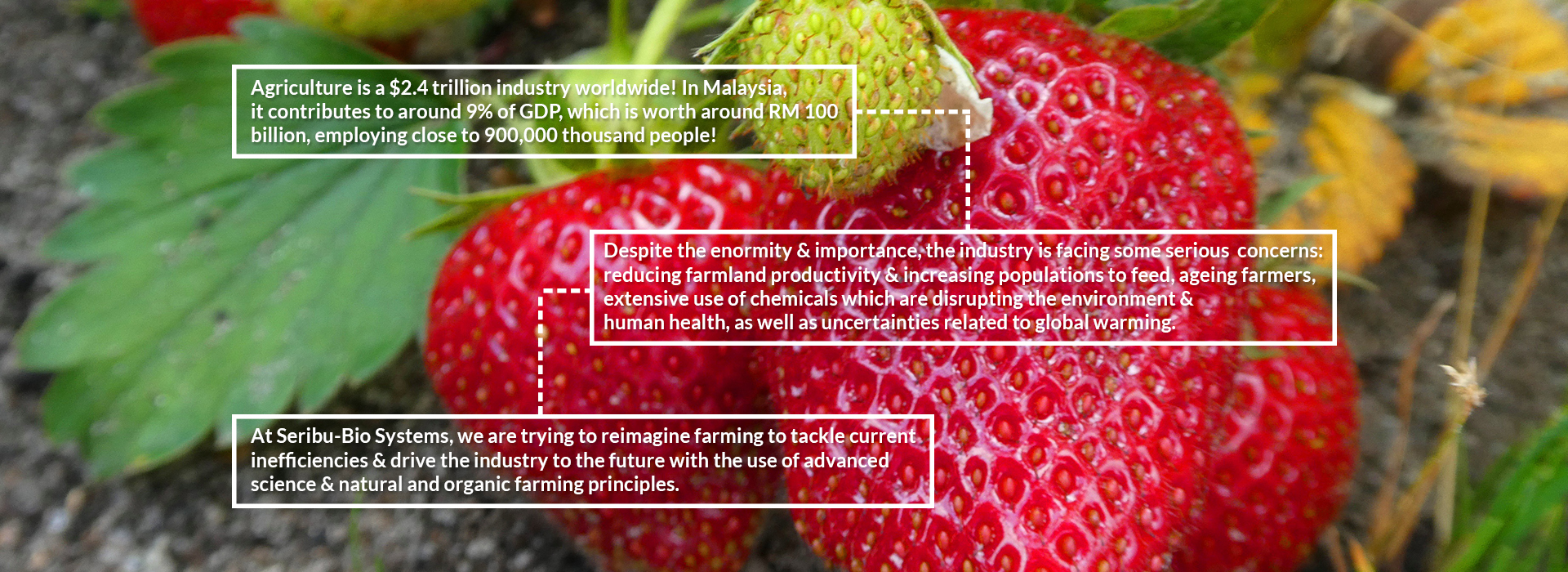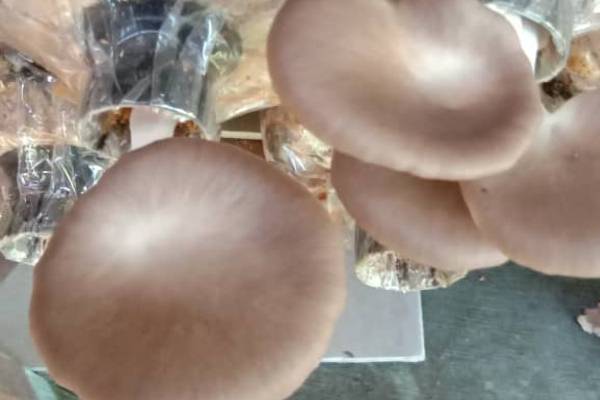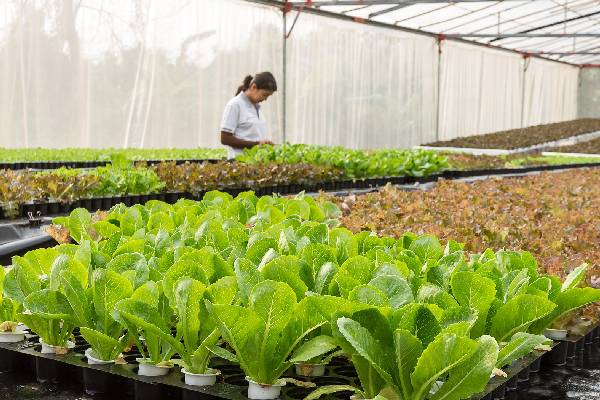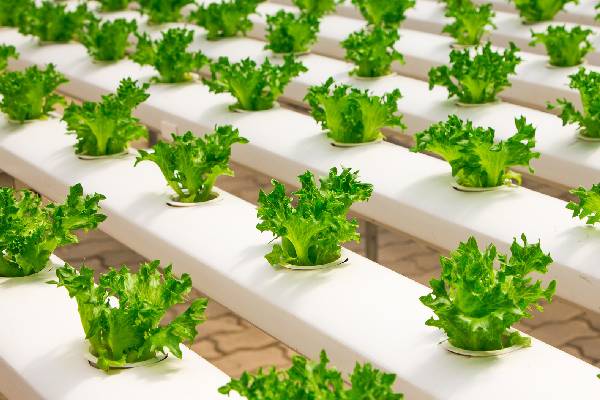At Seribu Bio Systems Sdn Bhd, – our team of engineering personals, creative staff & specialist skilled men, think & continuously produce results beyond the norms of ordinary workforce . We will never want to compete on the cost competitive platform, but We put forward flows of workable and practical economical ideas and present implementable innovative solutions for all to benefit.
We are operating Aquaculture Farms in Malaysia, India and Myanmar. We specialize in the production of Shrimps and which is interrelated with the Fish production.
The selection of the aquaculture system or approach to adopt in a particular development is determined by several factors including the following:
- development goals/objectives and target beneficiaries
- acceptability/marketability of culture species
- availability and level of technology
- availability of production inputs and support facilities and services
- investment requirements
- environmental considerations
Seribu Bio specializes in RAS Biofloc System, when it comes to the latest technologies inputs.


Shrimp Farming
Seribu Bio – Systems Sdn.Bhd. specialize in producing profitable shrimps varieties i.e Penaeus vannamei ( whiteleg shrimp ) also known as Pacific white shrimp & Penaeus Monodon also known as The giant tiger prawn.
Based on our experience in Shrimps farming we believe that raising and producing marine & freshwater shrimp or prawns in your own aquaculture farm can be a profitable business. Freshwater shrimp farming is suitable mostly in the warmer climate, and is similar to marine shrimp farming in many ways because they share many of the same characteristics.
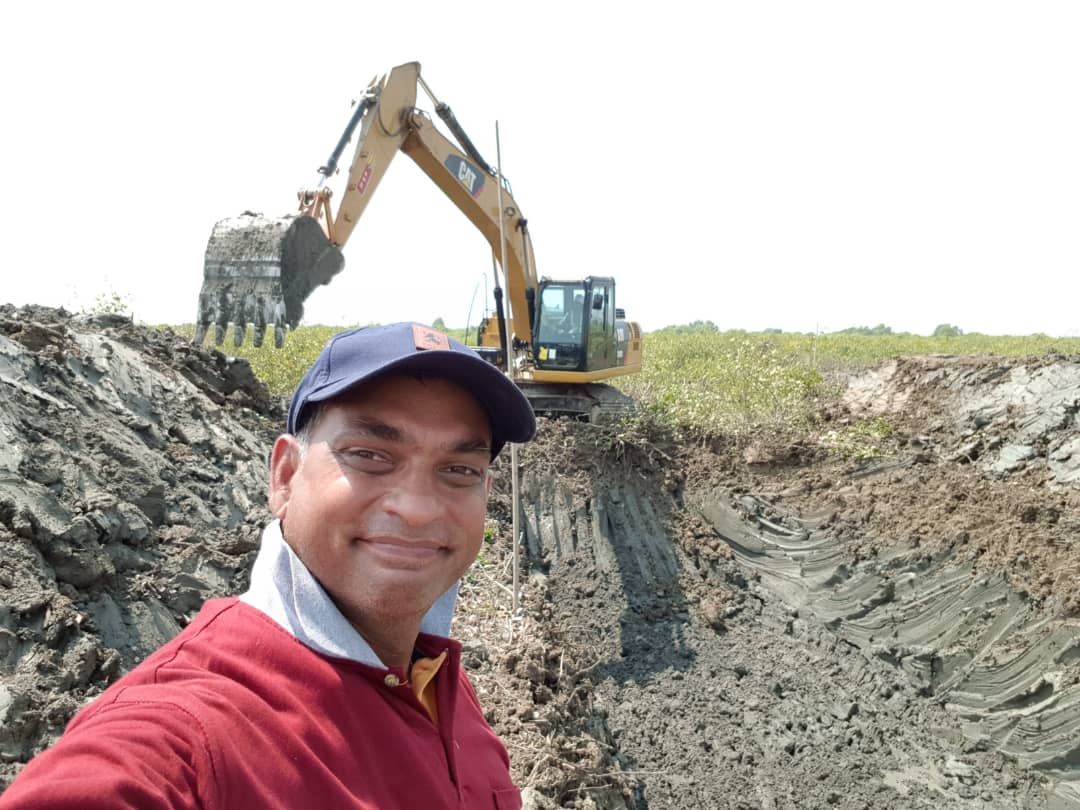

RAS System
WHAT IS A RECIRCULATING AQUACULTURE SYSTEM?
In a recirculating aquaculture system the culture water is purified and reused continuously. A recirculating aquaculture system is an almost completely closed circuit. The produced waste products; solid waste, ammonium and CO2, are either removed or converted into non-toxic products by the system components. The purified water is subsequently saturated with oxygen and returned to the fish tanks. By recirculating the culture water, the water and energy requirements are limited to an absolute minimum. It is however not possible to design a fully closed recirculating system. The non-degradable waste products must be removed and evaporated water must be replaced. Still our recirculating systems are capable of reusing 90% or more of the culture water. To ensure good water purification, recirculating systems consist of a number of components with specific functions. See detailed explanation on RAS technology below.
ADVANTAGES OF RECIRCULATING AQUACULTURE SYSTEM
The advantages of farming in RAS are:
Fully controlled environment for the fish
Low water use
Efficient energy use
Efficient land use
Optimal feeding strategy
Easy grading and harvesting of fish
Full disease control
CONSTRAINS OF RECIRCULATING AQUACULTURE SYSTEMS
To allow the use of RAS grow outs, there are a few constraints in respect of infrastructure, feeds and staff:
Necessity for electricity 24/7
Good water source, preferably borehole
Good fish feed quality, preferably high protein and fat extruded diets with high digestibility
Technically skilled staff able to work in a medium tech environment
Recirculating Aquaculture System grow outs are the best option for locations close to or in cities, with good availability of electricity. Next to this, using RAS technology is the only possibility for farming tropical fish species in moderate to cold climates indoor.
BASIC PRINCIPLES OF A RECIRCULATING AQUACULTURE SYSTEM
A basic Recirculating system consists of the following components:
Fish tank
Mechanical Filter
Biologicial Filter
Pump tank
Pump
Other items (e.g. UV-C light, oxgenation devices, aeration devices, feeders, monitoring, etc.)
Recirculating Aquaculture System Flow Chart
MECHANICAL FILTER
In a RAS system the mechanical filter is used to remove the suspended solids from the system water flow. These solids, primarily faecal matter, need to be removed in order to maintain water quality. Depending on the situation we either choose for drumfilter(s) or sedimentation filter(s).
SEDIMENTATION FILTER
The water flowing from the fish tank(s) is led through the sedimentation tank. In this tank the non-soluble, solid particles are separated from the system water using gravity. The sedimentation tank is filled with a specially adapted polypropylene filter pack. The solids are allowed to settle on these filters. The settled particles form a layer of silt on the bottom of the sedimentation tank. This silt is biologically very active: up to 60% of the nitrates produced by the biofilter are denitrified by the bacteria in the silt into nitrogen gas. Depending on the feed load on the system, the sedimentation tank must be cleaned regularly. The silt and water for cleaning is drained to the waste water sewage system in the farm. After this mechanical treatment, the system water flows to the pump tank through a UV filter.
DRUMFILTER
The system water coming from the fish tanks can also be mechanically cleaned using a drumfilter. Suspended solids are continuously and automatically removed from the system water and therefore the drumfilter requires no daily maintenance. The downside of a drumfilter is the continuously need of electricity. The system water flow from the fish tanks in the drumfilter. In the drumfilter the system water passes the filter screen (blue arrow). In this process, the particles in the system water are blocked by the filter screen. Due to the clogging of the filter screen the water level inside the drum will rise. As a result, the flushing mechanism is put into operation. The drum starts to rotate, and from the outside of the drum water is sprayed under high pressure from nozzles through the filter cloth, hereby flushing the waste particles from the screen. Together with the waste particles the water is discarded in the gutter. Different filter screens can be chosen depending on fish species and fish size.
BIOLOGICAL FILTER
NH4 or ammonium is produced by the fish during digestion of the feed. It is a waste product of protein digestion. The ammonium is toxic for fish. Ammonium (NH4) however is used by certain bacteria for energy production. These bacteria are present in the biotower of a recirculation system and transfer NH4 into nitrite, NO2, in an aerobe environment. Like ammonium, nitrite is toxic for fish at high levels, but will cause problems at lower concentrations already. Nitrite is also used as an energy source for certain bacteria in the biological filter. These bacteria transfer nitrite in the relatively harmless nitrate (NO3). In a recirculating aquaculture system there are parts created where these bacteria can grow in optimal conditions. Like the biotower and moving bed filter (also known as upflow filter).
BIOTOWER AND/OR DEGASSING TOWER
From the pump tank the system water is first pumped to the biotower. A biotower consists of polypropylene net filter blocks suited for bio-filtration. On top of the biotower the water is dispersed over the filter material. The water flows through the filter packs to the biotower reception tank or directly back into the pump tank. A biofilm of nitrifying bacteria is formed on the surface of the filter packs . A biotower can also be added to the system to remove dissolved gasses (i.e. CO2) from the water. In that case, we speak of a degassing tower.
MOVING BED FILTER
Another biological filter is the moving bed filter. These filters have a high filter capacity with low volume. From the pump tank the water is pumped into the moving bed filter. The moving bed filter consists of a tank with aeration device and is filled with filter beads (many shapes and sizes available). A biofilm of nitrifying bacteria grows on the surface of the beads.
OTHER ELEMENTS OF A RECIRCULATING AQUACULTURE SYSTEM
Next to the basic element described above there are many other items which can be added to a recirculating aquaculture system. Items like: UV-C light, oxgenation devices, aeration devices, feeders, monitoring, etc. Depending on the fish species items can be added to a recirculating aquaculture system.
UV-C LIGHT
This light is electromagnetic radiation just below the visible light spectrum. The wavelength of UV-C light is 200-280 nanometers.
UV-C light is highly germicidal and has an antiseptic effect. With the use of irradiation of UV-C light to a contaminated surface, or in running water, it is possible to control excessive growth of micro-organisms including bacteria. UV disinfection is a proven method to kill off bacteria, viruses and fungi, but first and foremost to keep the system water clear and free of small particles even at low dosage.



